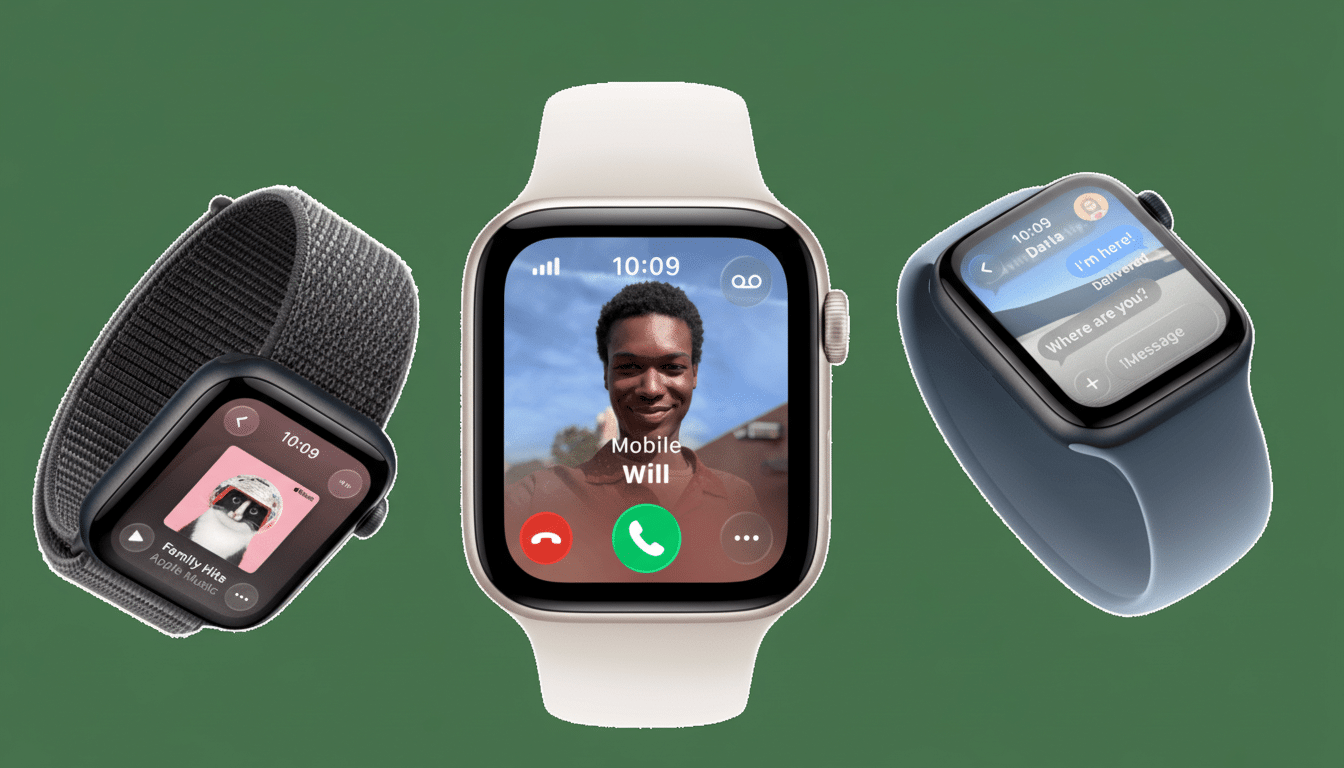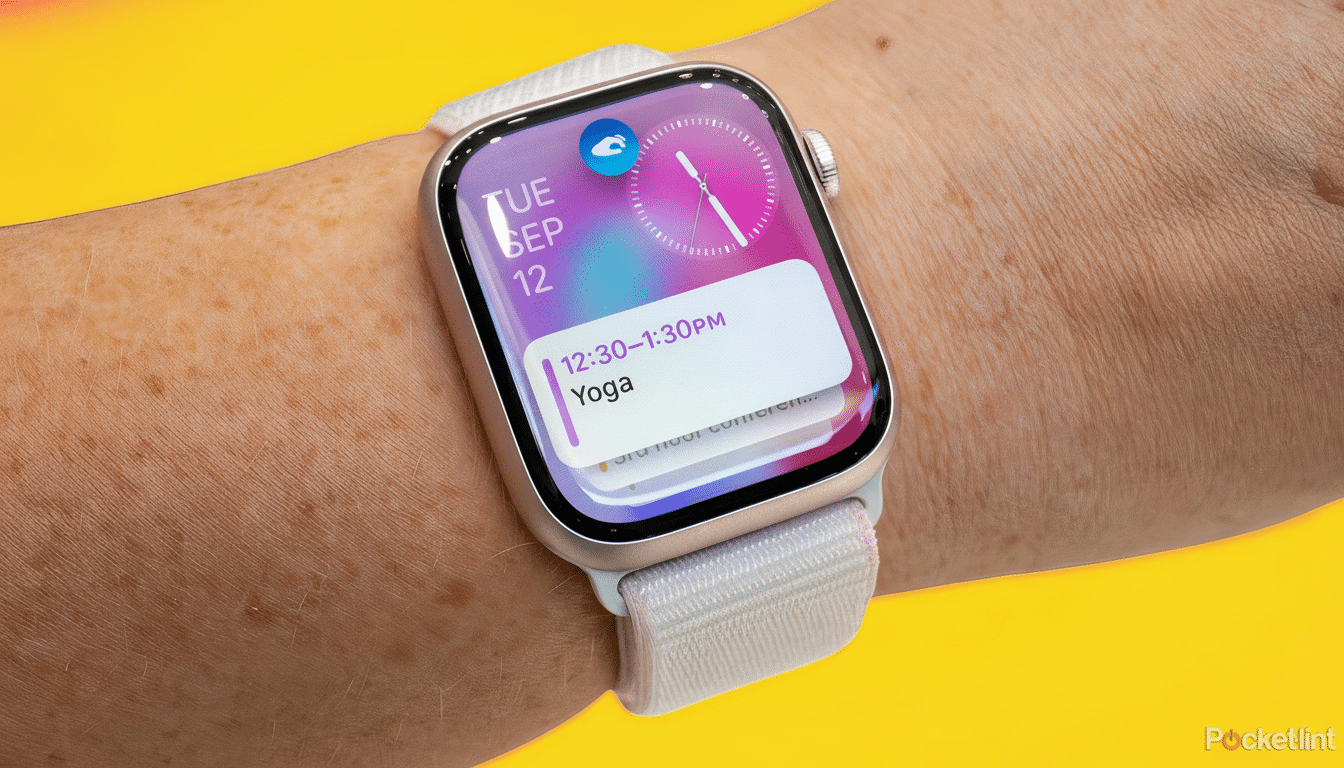Apple’s latest entry-level and adventure-grade wearables don’t shout for attention, but the Apple Watch SE 3 and Ultra 3 bring subtle upgrades that alter how they wear on the wrist. From always-on visibility and faster, on-device smarts to a better-looking display and longer stamina, these are incremental moves with outsize everyday effects.
SE 3 adds flagship features
The SE 3 finally gets an always-on display, something that was missing from previous SEs. That one change renders time checks, glanceable complications, and workouts more natural, and helps reduce the “raise-to-wake” dance that helps turn off people to budget wearables.

Performance jumps too. The S10-class processor, on-device Siri, and gesture controls means the watch is snappy in and of itself and isn’t reliant on your iPhone. Local Siri processing also helps to keep more requests private and to reduce latency for timers, workouts, and messages.
Health features extend: wrist temperature sensing enables cycle tracking with ovulation predictions, and sleep apnea notifications are designed to call out potential risks for follow-up with a clinician. The new sleep score in watchOS 26 serves as a holistic measure, turning raw data — heart rate, motion and respiratory data — into an easy-to-understand nightly score, so trends can be more easily acted upon.
Battery life is still 18 hours roughly, fast charge is the silver lining to dull longwire life though. Apple says that a 15-minute top-up can give you about 8 hours, that’s enough to get you through a commute or power a late-night run. And Ion‑X glass, now in line with the premium aluminum models, should withstand daily scuffs more effectively than the previous SE.
The trade-offs are fair: a more limited color selection (midnight, starlight), 40mm and 44mm case sizes, and a screen that’s a tad less bright compared to the flagships when viewed side by side. Costing just $249 and up, it is the best value offered by an SE to date.
Ultra 3 tightens the grip on outdoors performance
The design-forward Apple Watch Ultra 3 maintains the chunky 49mm titanium construction and adventure-first attitude, but where it moves the needle is with the display and battery life. A new wide-angle OLED panel enhances off-axis visibility and shaves the bezels by 24%. The effect is slight in pictures but in-person obvious: Less frame, more face.
Always-on behavior gets smarter. The screen can now refresh as often as once per second in ambient mode — versus once a minute — so timers, stopwatches and more than 20 watch faces seem jumpy, even when your wrist is at rest.
Battery life jumps to a rated 42 hours of normal use, up from 36 hours on the older model. For multisport athletes and weekend warriors, that’s the difference between rationing features and actually using the watch as intended. Historically, the mix-use-case experience is that Apple’s wearables either meet or beat their estimates.

The headline feature is satellite connectivity, however. When you’re outside cell coverage, the Ultra 3 can connect through satellites so you can reach emergency services, share your location or send short texts. The idea is a natural extension of Apple’s own satellite messaging infrastructure, and a welcome safety net for travel in the backcountry.
You still get the classic Ultra playbook too: the programmable Action button, dual-frequency GPS (for better track fidelity in cities and canyons), 100 meters of water resistance, and band options for trail, ocean, and alpine modes of use. Pricing holds at $799.
Health context: the importance of small improvements
Wearables stick to tiny interface tweaks. Studies from Counterpoint estimate that Apple commands about a quarter of smartwatch shipments worldwide, and an even larger share of the revenue pie, the result of a steady, user-focused evolution, rather than flashy, over-the-top transformations.
Meanwhile, from a health perspective, the new sleep apnea notifications and the hypertension detection feature on the Ultra 3 and Series 11 are part of a much larger trend: subtle early alerts that guide users toward care. The Centers for Disease Control and Prevention says that nearly half of U.S. adults have hypertension, and many are unaware of it. These watches are not medical devices, but timely reminders can initiate crucial conversations with care providers.
Battery headroom and better glanceability are two additional drivers of adoption. If you don’t fret about charge anxiety and your metrics are legible at a glance, you check them more regularly — and that feedback loop is the beating heart of behavior change.
SE 3 vs Ultra 3 : which one will fit?
Choose the SE 3 if you want flagship feel on the cheap. Its always-on display, speedy chip and core health functions take care of everyday fitness, sleep tracking and notifications with little in the way of concessions.
Select the Ultra 3 if you want expedition-grade battery life, a display that’s most legible outdoors, physical buttons and satellite connectivity for peace of mind off the grid. It’s overkill for casual users and just right for endurance athletes and frequent hikers.
Apple’s playbook this cycle is straightforward: Improve the fundamentals, eliminate friction and continue advancing on the safety front. The result is two watches that feel smarter not in the sense that they are capable of more, but in the sense that they actually enable you to do more, more easily.

